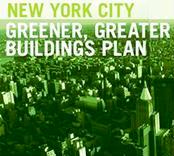 Lighting retrofits in commercial multi-tenant buildings not only slash energy consumption and cost, but also improve occupant comfort and enhance the value of the buildings. However, in sub-metered buildings (where tenants pay for their own utilities), the building owner’s interest in energy efficient lighting is generally restricted to common areas such as lobbies, stairways, entrances, and exterior lighting. There is less incentive for them to implement projects in individual units, since they would be paying for the improvements while the tenants reaped the energy savings.
Lighting retrofits in commercial multi-tenant buildings not only slash energy consumption and cost, but also improve occupant comfort and enhance the value of the buildings. However, in sub-metered buildings (where tenants pay for their own utilities), the building owner’s interest in energy efficient lighting is generally restricted to common areas such as lobbies, stairways, entrances, and exterior lighting. There is less incentive for them to implement projects in individual units, since they would be paying for the improvements while the tenants reaped the energy savings.
An energy-aligned lease can help overcome this barrier by allowing owners to recover predicted energy savings from tenants through a rent hike. To protect tenants against under-performance, the lease could limit the owner’s capital expense pass-through to 80% of predicted savings in any given year (since industry experience shows that actual savings are generally within 20% of predicted savings). In turn, tenants agree to share sub-meter data with building owners.
The Natural Resources Defense Council (NRDC), an environmental action group, has created a model “energy efficiency lease” that incorporates these principals. However, before it can be widely implemented, an educational effort is needed to show tenants and owners how their economic interests are aligned.
For commercial tenants, the following benefits can be highlighted:
- Lower energy costs – a hedge against rising utility bills
- Improved aesthetics and comfort, resulting in increased worker satisfaction & productivity
- Better employee attraction and retention
- Good pr – customers and employees expect a company to be “green.”
- Government and utility incentives, rebates and tax breaks
For building owners, a major benefit to a whole-building energy efficiency project is to enhance its resale value. Buildings that are Energy Star certified have been shown to have higher occupancy rates, increased rent, and lower capitalization rates.
In New York City, there is additional impetus for building owners to implement energy efficiency – a package of laws called the “Greener, Greater Buildings Plan,” which requires building owners to disclose their annual energy use to the city. Starting this fall, the city will give each building an overall energy efficiency score, which will be posted on a public website. Other requirements outlined in the plan:
- Energy efficiency upgrades must be part of all renovations and repairs.
- Detailed energy audits every ten years to prove energy efficiency
- Sub-meters must be used to measure the use of electricity by large tenants and energy-efficient lighting upgrades by 2025.
The hope is that this project will serve as a model for others to follow across the country. As NRDC researchers point out, buildings account for roughly 70 percent of US electricity consumption, and in urban areas like New York, they are responsible for up to 80% of greenhouse gas emissions. A program to reverse this trend is long overdue.
